SAP allows the consideration of following taxes:
- Tax on sales and purchases
- US sales tax
- Additional taxes
- Withholding tax
SAP covers two types of taxation
- Taxes levied at national level(with uniformly defined rates)
- Taxes levied at state level(rates defined at state/jurisdiction level), SAP also provides generic tax interface software to support complications of tax at this level.
The system provides assistance with and (treats Tax) as following:
- Calculating tax amount (checks the tax amount entered or automatically calculates the tax)
- Posting to specified G/L accounts. (post tax amounts to tax accounts)
- Performing tax adjustments (for cash discounts or other deductions)
- Tax reporting (creates tax return)
The system determines taxes from:
- A base amount which has a cash discount included or excluded. (The expense or revenue amount is the base amount, which can include a cash discount (tax base is gross) or exclude a cash discount (tax base net)),(GrossInclNetExcl)
- A tax code to validate or calculate the tax amount.
National regulations determine if tax base amount should be Net amount or Gross amount.
Tax on sales and purchases is the balance of two:
- Output tax: levied on net value of goods sold and is billed to customer; It’s a liability of coy to tax authorities.
- Input Tax: levied on net invoice amount billed by vendor; It’s a receivable which coy claims from tax authority.
Tax authorities can define part of input tax as non deductible, which can then be posted to a separate expense account or distributed to G/L accounts and asset line items.
In USA both sales and use tax only applies to goods consumed by consumers, if a taxable good is sold either sales or use tax is levied, therefore goods are only taxed once. In US the customer only has to pay use tax if he is not charged sales tax by vendor (e.g customer has a self assessment permit or vendor doesn’t have a branch in state)
In USA sales tax is collected by a vendor and remitted to the jurisdiction of customer as goods used in production or for resale to third party remain untaxed in USA.
If a customer is exempt from tax you can specify this in the system by entering the appropriate indicator in customer master records.
A tax calculation procedure is assigned to every country for carrying out tax calculations. R/3 delivered with preconfigured tax calc procedures for most countries.
The tax calculation procedure contains following:
- Order of the steps:
- Tax or condition type (applicable to a country,R/3 delivered with condition types necessary for each type of tax calculation)
- Account/transaction key (used for auto account determination for taxes concerned, system has predefined account keys)
Condition types are tax calculations that are valid for the country and the base amount is an expense or revenue item.
jurisdiction code is a combination of codes of autonomous tax authorities, national-state-county-city-district, tax jurisdiction code must be defined at all these levels. When you post taxes with a jurisdiction code you can enter the taxes per jurisdiction code or per tax level. Tax jurisdiction code must be defined at client level.
Tax codes are linked with either of the following:
- Country key
- Combination of country key and tax jurisdiction code
Tax code is used to
- Verify amount of tax
- Calculation amount of tax
- Calculation additional tax portion
- Verify tax type
- Determine G/L account
- Show tax correctly on tax forms
In configuration you can choose whether the document date or th e posting date is valid for tax calculation. In addition to other information the tax code contain tax rates. Tax rates are assigned to tax types used in tax calcculation procedure.
A tax code may have several tax rates entered for different tax types. Some postings to tax relevant G/L accounts must have a tax rate of zero, this applies to:
- Items that are tax exempt but have to be reported-for these items a special tax code is created with a tax rate of zero
- Items that are created by tax exempt transactions such as goods issue, good movement etc. A special tax code must be assigned to these transactions in configuration



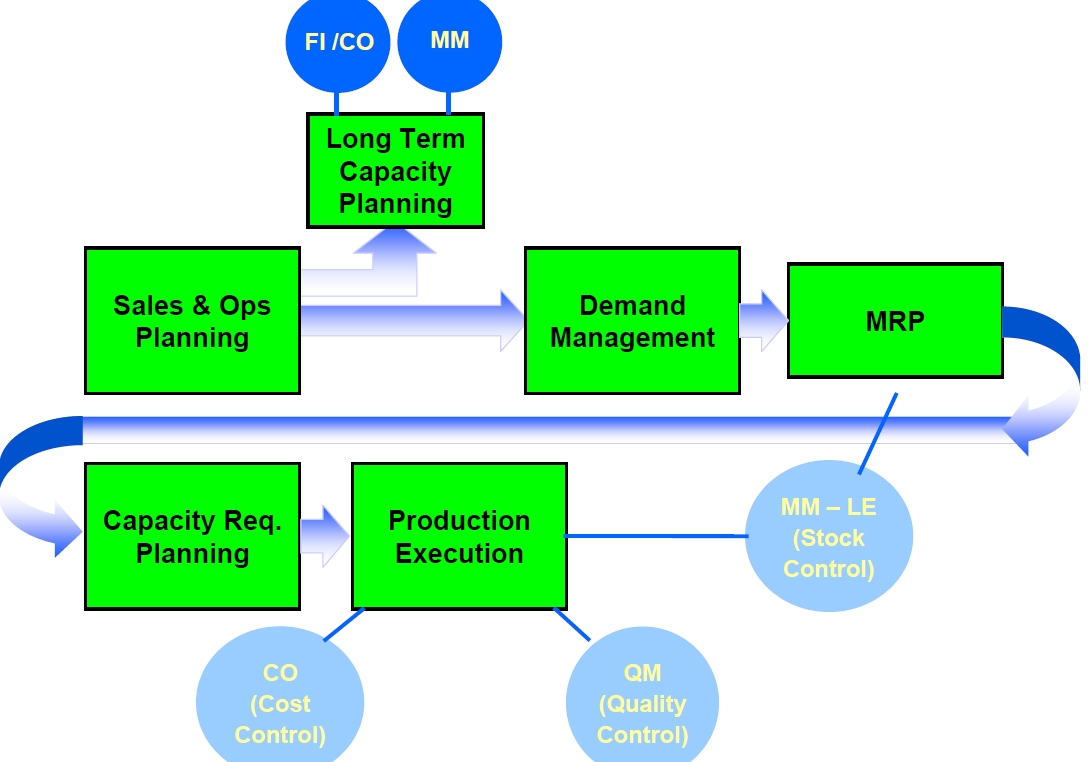

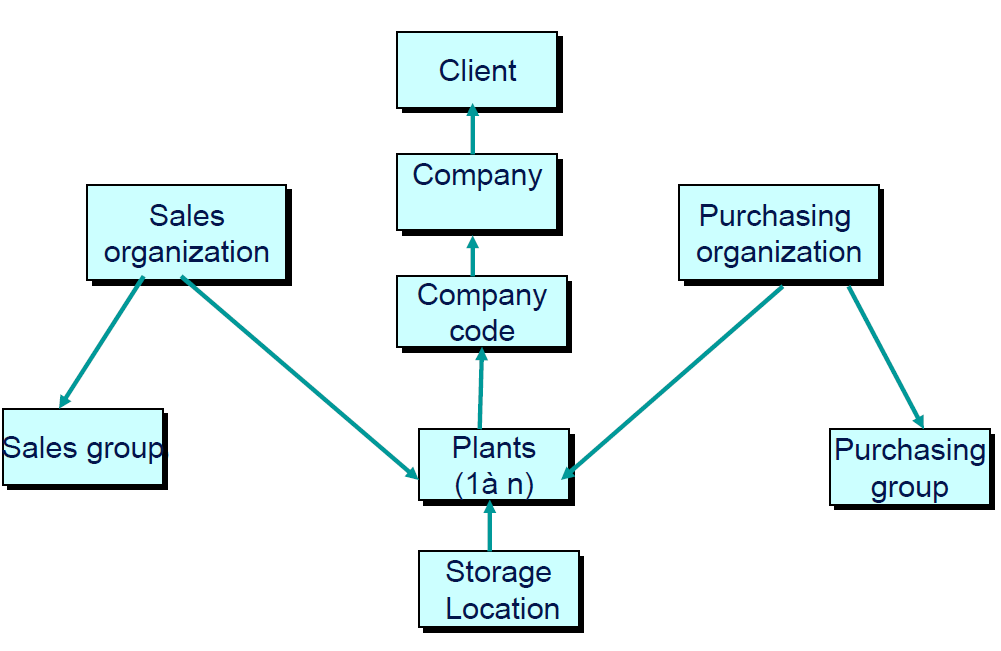
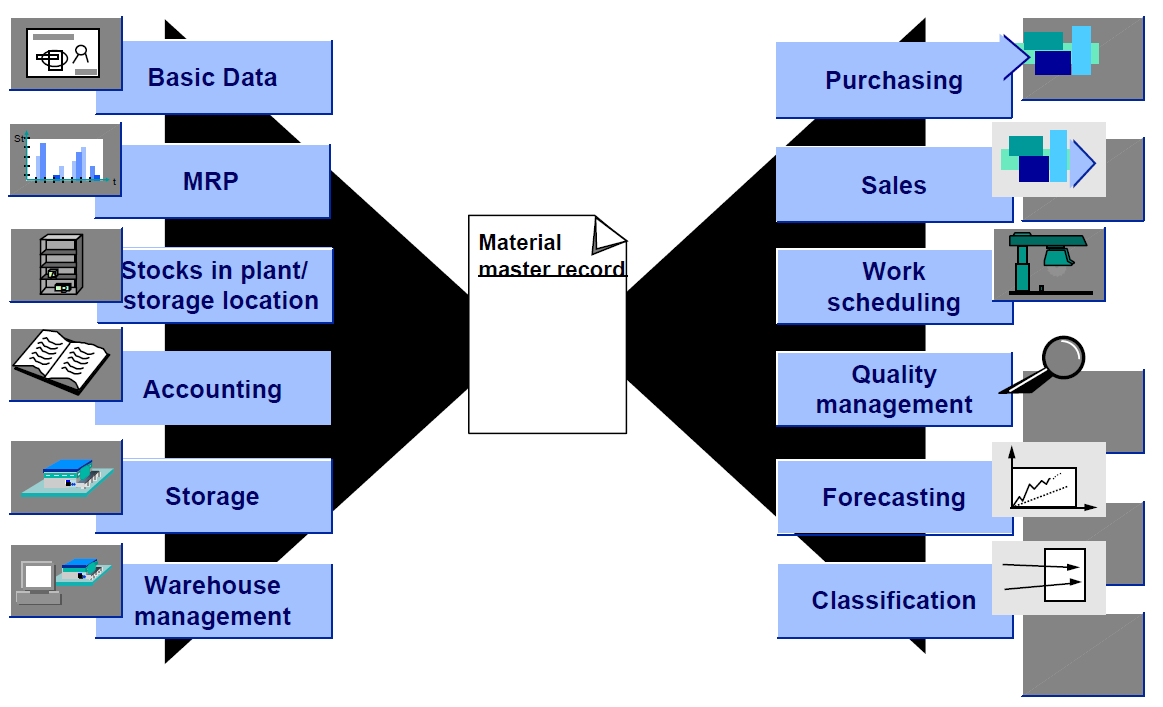
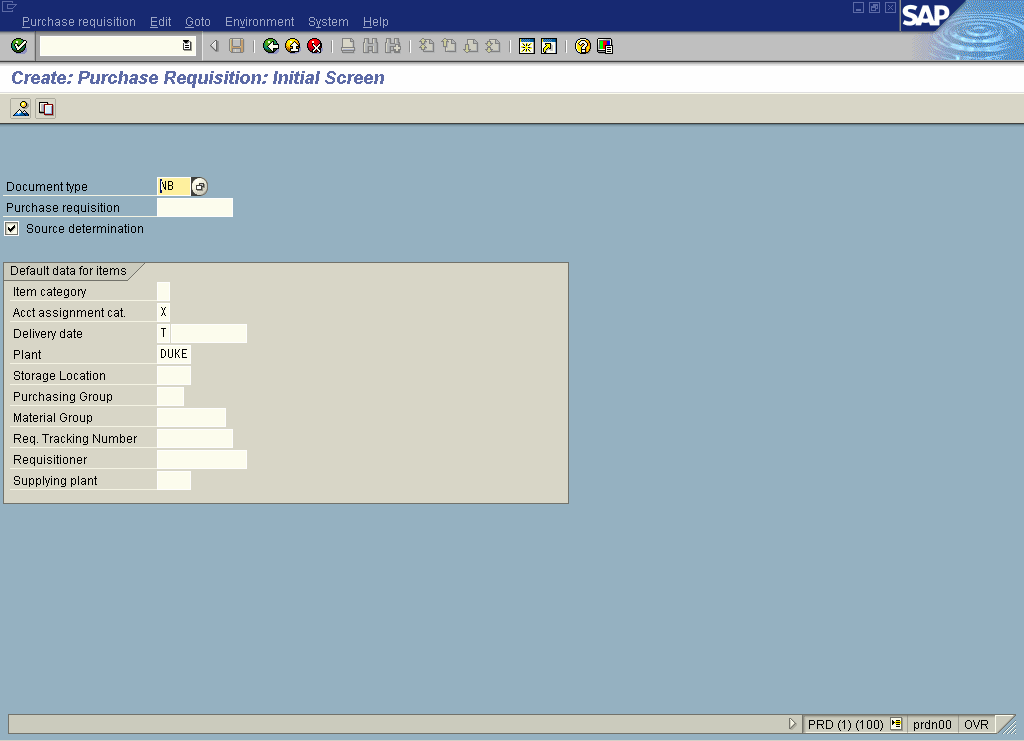
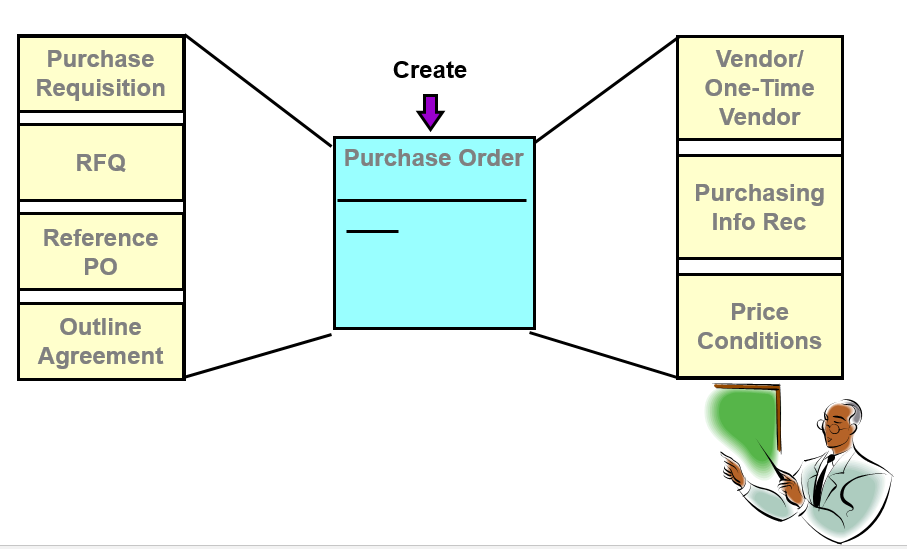
Leave a Reply